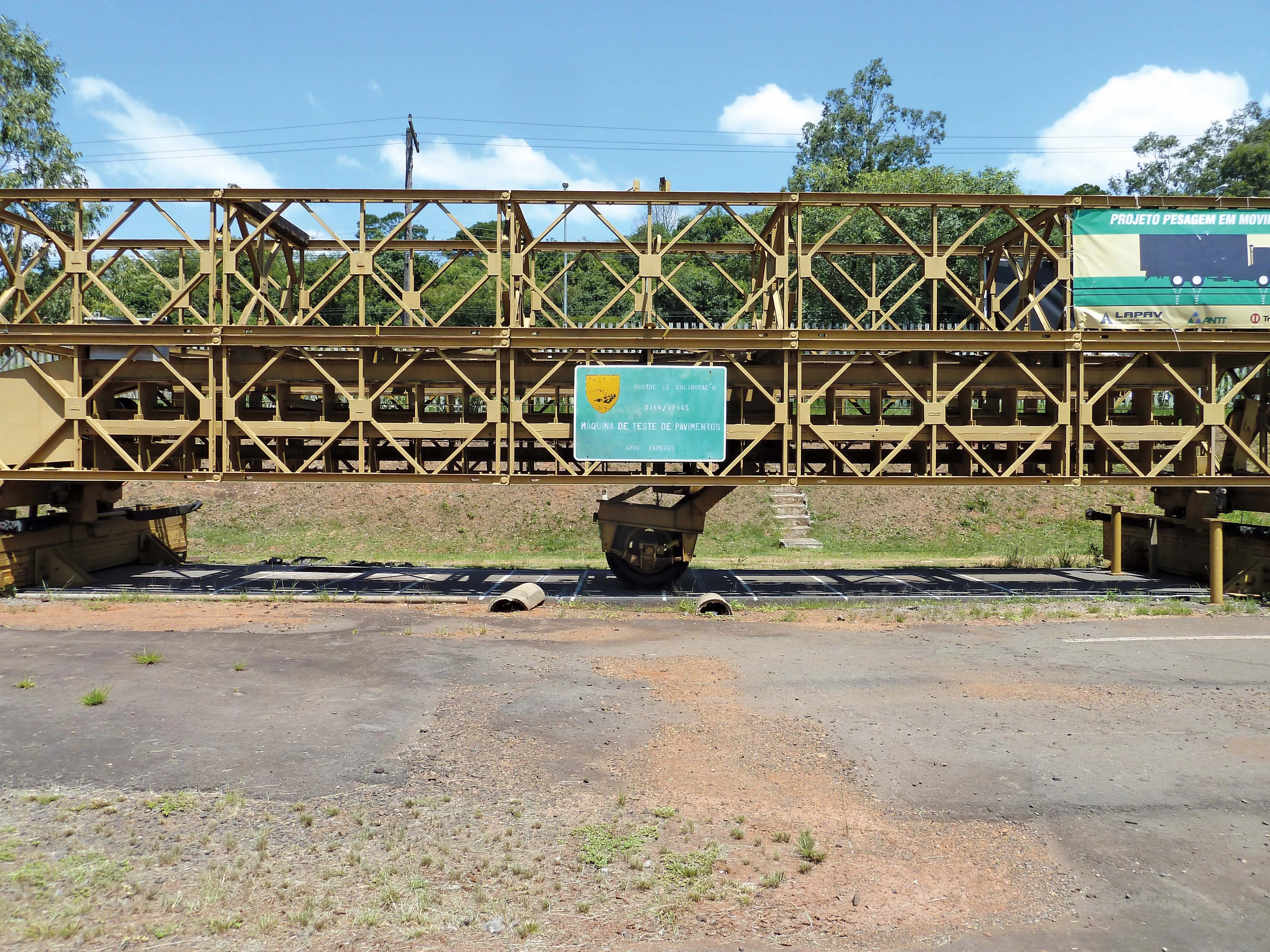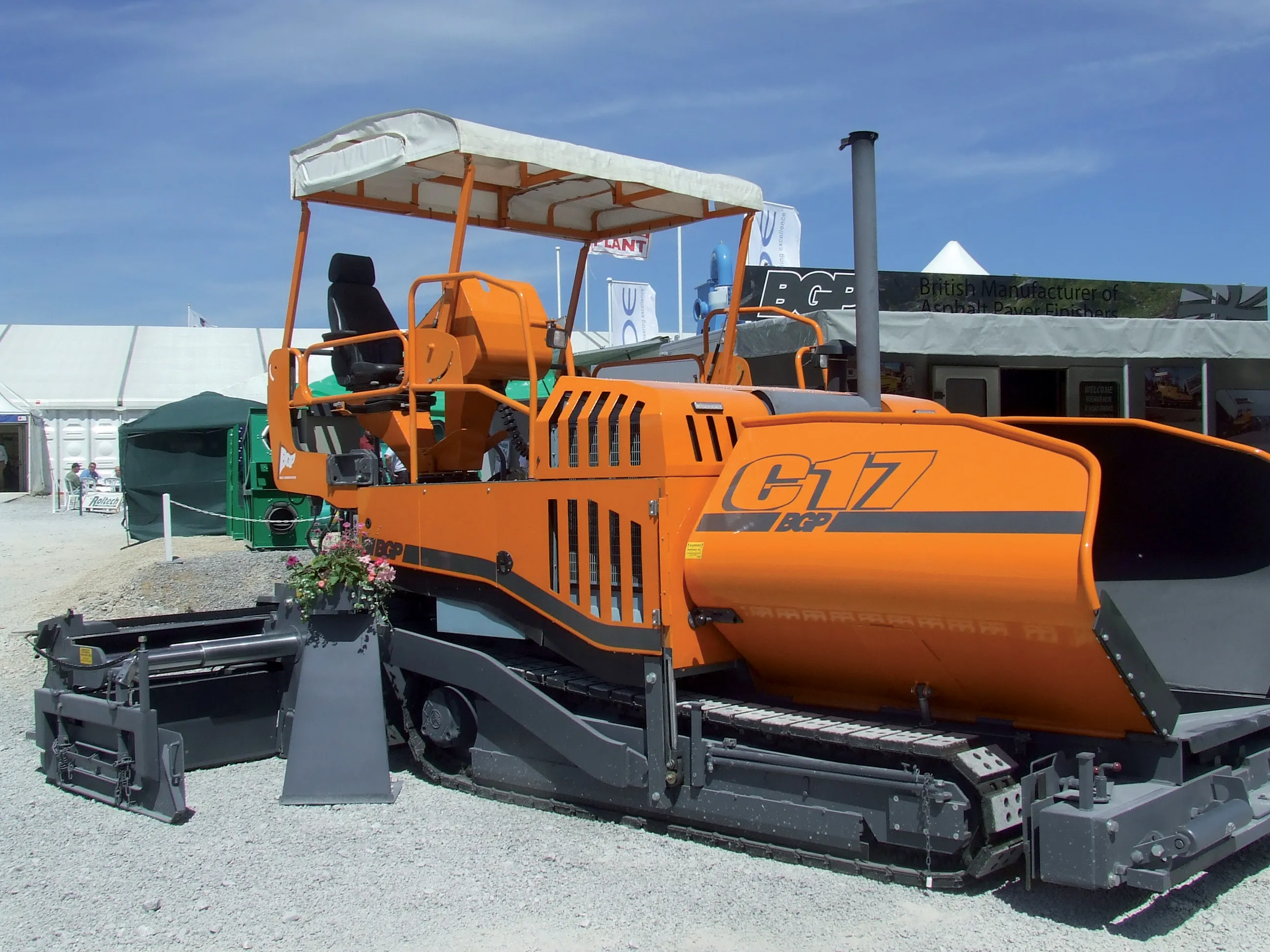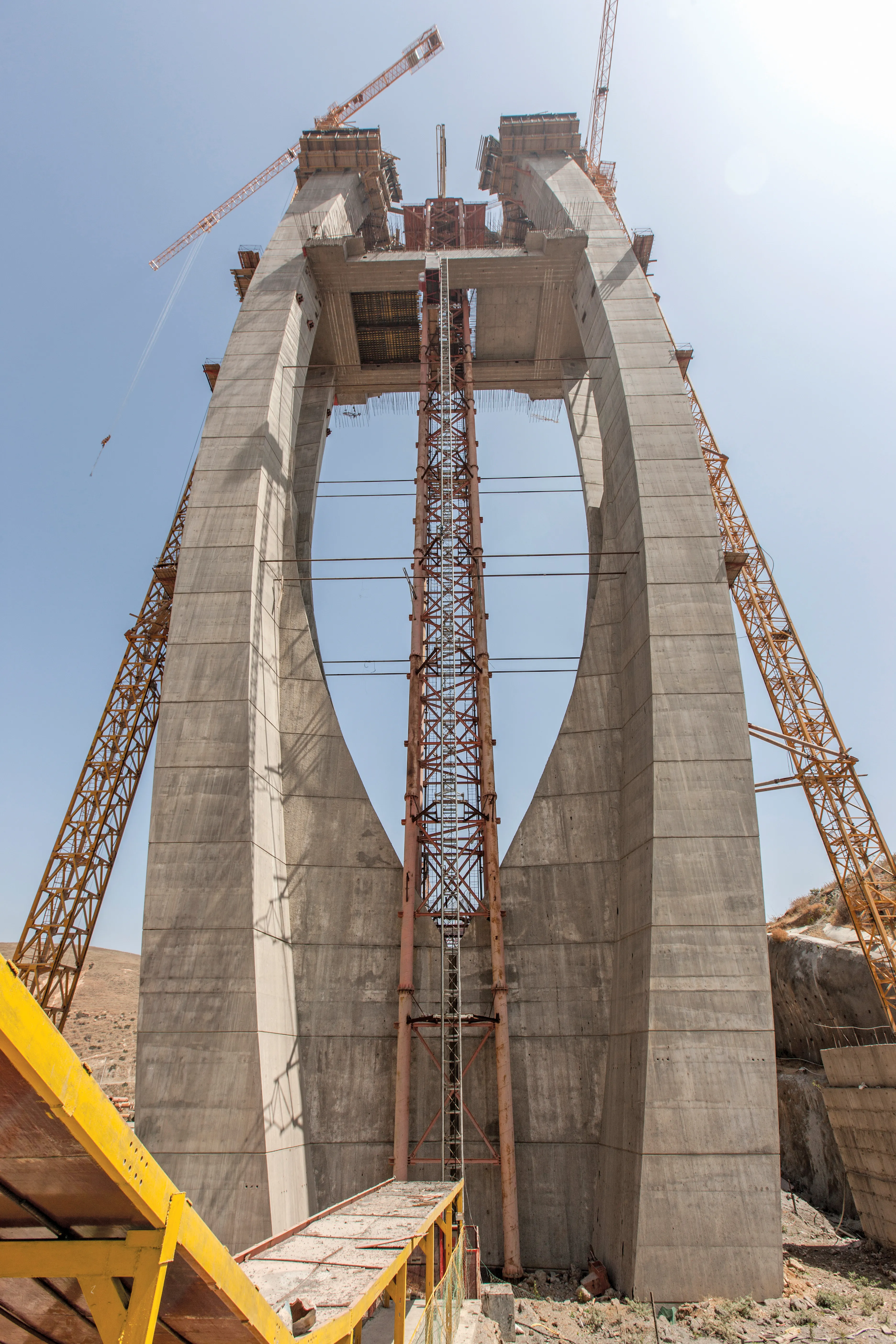Compact construction equipment manufacturer Chicago Pneumatic has appointed BMI Group as its latest authorised distributor in South Africa
This firm will boost Chicago Pneumatic’s support as it has wide experience in South Africa’s construction and mining sectors. The move will further develop Chicago Pneumatic’s growing presence in Southern Africa. The dealer has full access to the CP portfolio of handheld pneumatic, hydraulic and petrol-driven tools alongside compaction equipment, rig-mounted attachmen
May 5, 2015
Read time: 2 mins

Compact construction equipment manufacturer 6097 Chicago Pneumatic has appointed BMI Group as its latest authorised distributor in South Africa
This firm will boost Chicago Pneumatic’s support as it has wide experience in South Africa’s construction and mining sectors. The move will further develop Chicago Pneumatic’s growing presence in Southern Africa. The dealer has full access to the CP portfolio of handheld pneumatic, hydraulic and petrol-driven tools alongside compaction equipment, rig-mounted attachments, portable compressors, generators and light towers.
BMI Group recently took delivery of an order for the first CP1100-21 high pressure, mechanical portable compressor in Africa, which is to be used in a special application on the South African railways.
Founded in 2010, the BMI Group is headquartered in Johannesburg and operates seven sales and services centres located in locations across South Africa. The company serves customers across the whole of South Africa and Lesotho. In addition to offering sales of Chicago Pneumatic equipment, BMI Group also provides an after-sales service, through which it can offer to maintain and repair CP equipment both from its four workshops and directly at customer sites via its mobile service technicians.
This firm will boost Chicago Pneumatic’s support as it has wide experience in South Africa’s construction and mining sectors. The move will further develop Chicago Pneumatic’s growing presence in Southern Africa. The dealer has full access to the CP portfolio of handheld pneumatic, hydraulic and petrol-driven tools alongside compaction equipment, rig-mounted attachments, portable compressors, generators and light towers.
BMI Group recently took delivery of an order for the first CP1100-21 high pressure, mechanical portable compressor in Africa, which is to be used in a special application on the South African railways.
Founded in 2010, the BMI Group is headquartered in Johannesburg and operates seven sales and services centres located in locations across South Africa. The company serves customers across the whole of South Africa and Lesotho. In addition to offering sales of Chicago Pneumatic equipment, BMI Group also provides an after-sales service, through which it can offer to maintain and repair CP equipment both from its four workshops and directly at customer sites via its mobile service technicians.








